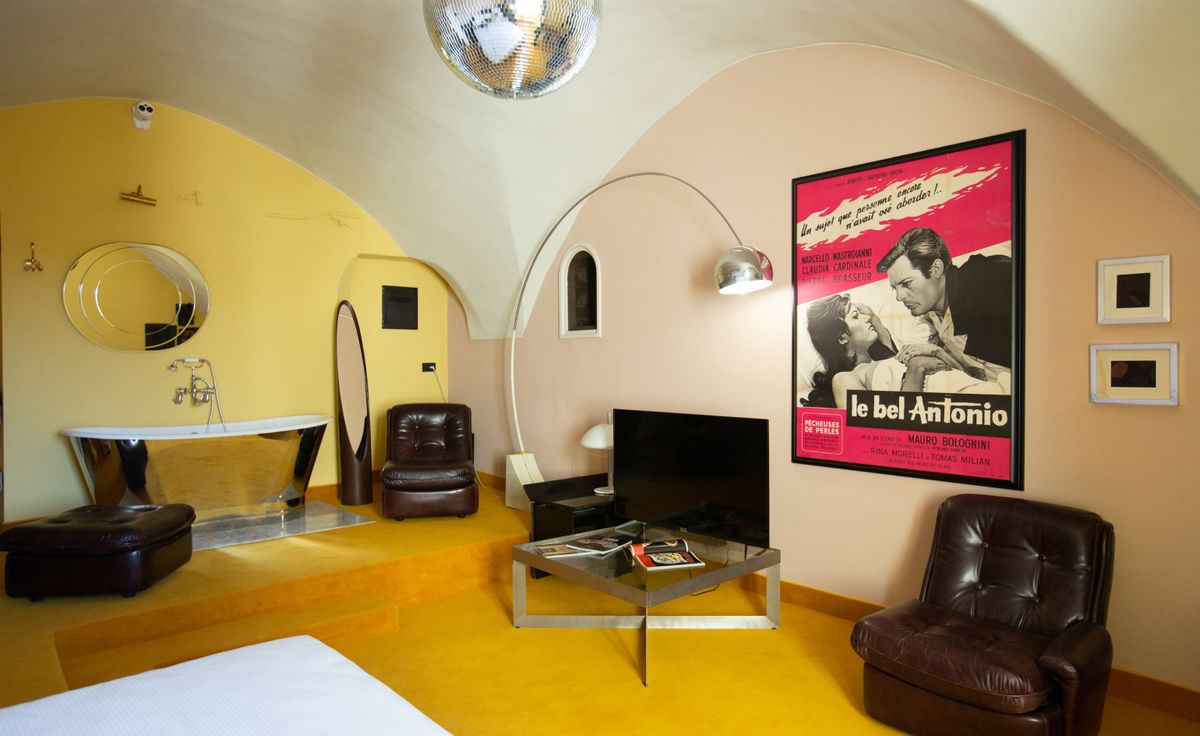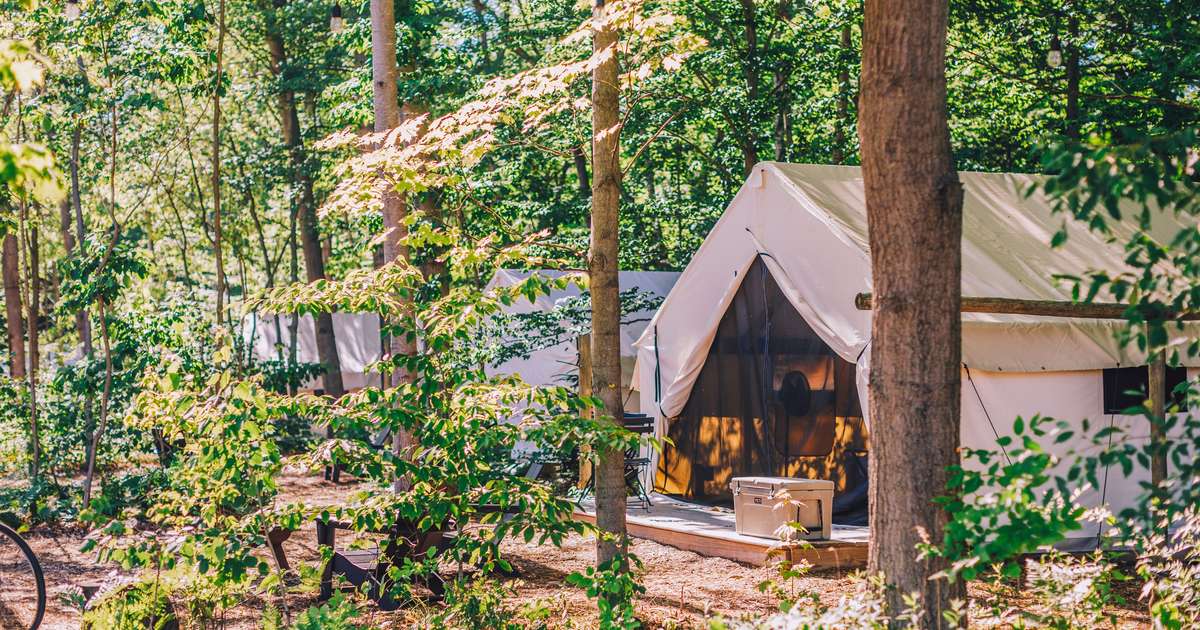
The Middle East is building the world’s boldest tourism dreams—but will rising heat rewrite the rules of ROI, resilience, and reputation? From 50 °C “death zone” summers to exploding cooling costs and stranded giga-assets, the risks are no longer theoretical.
This article lays out the hard numbers, the creative solutions, and the executive framework leaders need if they want to protect both yield and brand in the age of extreme heat.
Here’s the blunt truth – the Middle East’s classic summer is colliding with physiology, physics, and finances.
For destinations, rising summer heat translates directly into brand damage and bottom-line loss. Outdoor-first mega-projects built on the assumption of year-round usability at sea level risk becoming stranded assets as climate scenarios increasingly challenge that bet. And compounding it all is the energy-water trap, where, soaring demand for air conditioning and desalinated water drives up operating costs and carbon footprints.
There are exceptions. Dubai proved yet again this summer that you can retain volume with indoor dominant strategy and value offers (their July 2025 hotel occupancy was above 70%). But it does rely heavily on AC, district cooling, and aggressive programming. It’s not a universal template. For majority of the GCC destinations, the honest answer is outdoors and midday from June till September is largely unsellable except for brief experiences.
The smarter regional posture might be a portfolio seasonality with a night-shifted, dawn-and-dusk model in summer and pivots to altitude and monsoon micro-climates. But with billions invested in tourism projects, is the 7-month tourism model feasible?
What’s changing – in hard numbers
The Gulf is fast becoming ground zero for climate extremes. By late century, parts of the region could face wet-bulb temperatures nearing the biological survivability limit –
conditions where the human body simply cannot cool itself (Digital Commons PNAS).
This isn’t “uncomfortable” – it’s existential. On a business-as-usual path, “super” and“ultra-extreme” heatwaves of 50–56 °C are projected to strike cities with alarming frequency (Nature CMCC). The consequences are already here: during Hajj 2024, temperatures near Mecca reached 50–52 °C, with over 1,300 deaths reported – most heat-related(World Meteorological Organization; Oxford Academic).
Meanwhile, cooling demand is exploding; space cooling is now the fastest-growing energy load in buildings, straining grids and national budgets. And water only deepens the trap: the Middle East and North Africa is the most water-stressed region on Earth, with 83% of people under “extremely high” stress, while desalination guzzles vast amounts of energy – already consuming nearly 20% of the UAE’s electricity (World Resources Institute; World Bank).
ROI reality check – why summer heat dents the returns
Extreme summer heat directly erodes returns on investment. With 4–5 months effectively unmarketable for outdoor use, assets are forced to generate their year’s yield in just 7–8 months—typically driving discounting in hot months and inflating capex/opex just to keep experiences viable. Operating costs soar, andevent risk compounds the challenge: marquee gatherings are shifting to cooler seasons, as seen when FIFA 2022 moved to November–December, while organizers increasingly turn to parametric heat insurance to hedge revenues. And finally, health and workforce constraints bite hard—mandatory midday work bans across June to September shrink construction and operations windows, driving up scheduling complexity and costs. The ROI math under heat stress is simple: the hotter it gets, the thinner the margins.
Creative plays to protect yield (and your brand)
Destinations facing unbearable summer heat don’t need to resign themselves to lost months. Around the world, cities are already rewriting the playbook with bold, data-driven innovation:
- Design for the Night City
Cities like Madrid and Dubai already pulse after dark—streets lit, food halls buzzing, and concerts scheduled for cooler hours. Building luminous, safe, and programmed streets from sunset to 2 a.m., with attractions on “siesta hours,” transforms heat from liability into lifestyle. - Thermo-Inclusive Master Planning
Singapore has pioneered high-albedo pavements, vertical greenery, and misting streets; Masdar City in Abu Dhabi is testing wind-tuned massing and courtyards. Shade-first public realms paired with district cooling and thermal storage flatten energy peaks while extending outdoor comfort. - Altitude & Monsoon Strategy
When parts of GCC bakes at 45°C, Oman’s Salalah thrives: its Khareef monsoon drew nearly 1 million visitors in 2024. Saudi’s Asir, Abha, and Al-Baha or Oman’s Jabal Akhdar can become “summer hubs.” Packaging hub-and-spoke itineraries across altitude and climate zones keeps flows steady year-round. - Dynamic Heat Governance
The U.S. Open Tennis Championship shifted match timings and hydration protocols after repeated heat waves. Destinations can go further – publishing Heat Index Playbooks with thresholds for event timings, ticket refunds, worker rosters, and cooling stations, automated by live climate data. - Revenue Resilience through Risk Innovation
Parametric insurance is already used by Caribbean resorts to hedge against hurricanes. Extending this to heat-index triggers for outdoor venues and festivals de-risks P&L, keeping balance sheets steady when attendance drops in hot months. - Blue & Green Dividends
Sydney has invested heavily in waterfront boardwalks, shaded parks, and coastal pools, while Palau pioneered reef-safe tourism protocols. Similar moves—night snorkelling, mangrove walks, shaded waterfronts—offer yield and cooling benefits. But marine tourism is fragile: the fourth global coral bleaching event since 2023 proves even the resilient Red Sea isn’t invincible.
Conclusion – An executive framework for action
The executive path forward is clear: admit seasonality, shift the tourism mix, engineer resilient infrastructure, and price the heat into contracts—measuring success not by raw footfall, but by heat-adjusted performance and financial resilience. Destinations don’t have to “shut” for five months. But, pretending midday summer is sellable at sea level is wishful thinking. Treat heat as a design, scheduling, and finance constraint, not a PR problem. The winners will make the 7-month year feel seamless—then monetize the night, the mountains and the monsoon.
Aradhana Khowala
CEO & Founder – Aptamind Partners
Aptamind Partners


